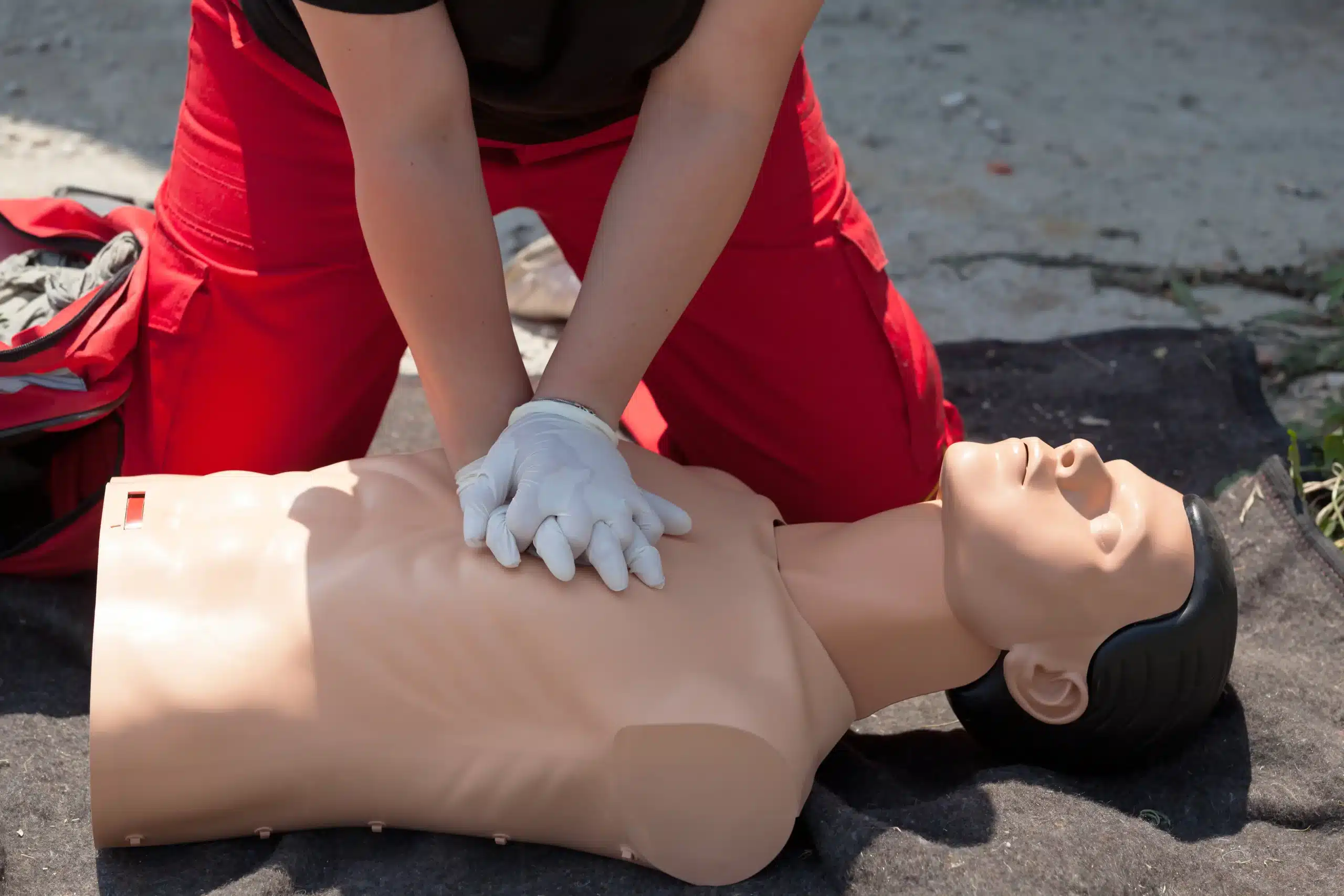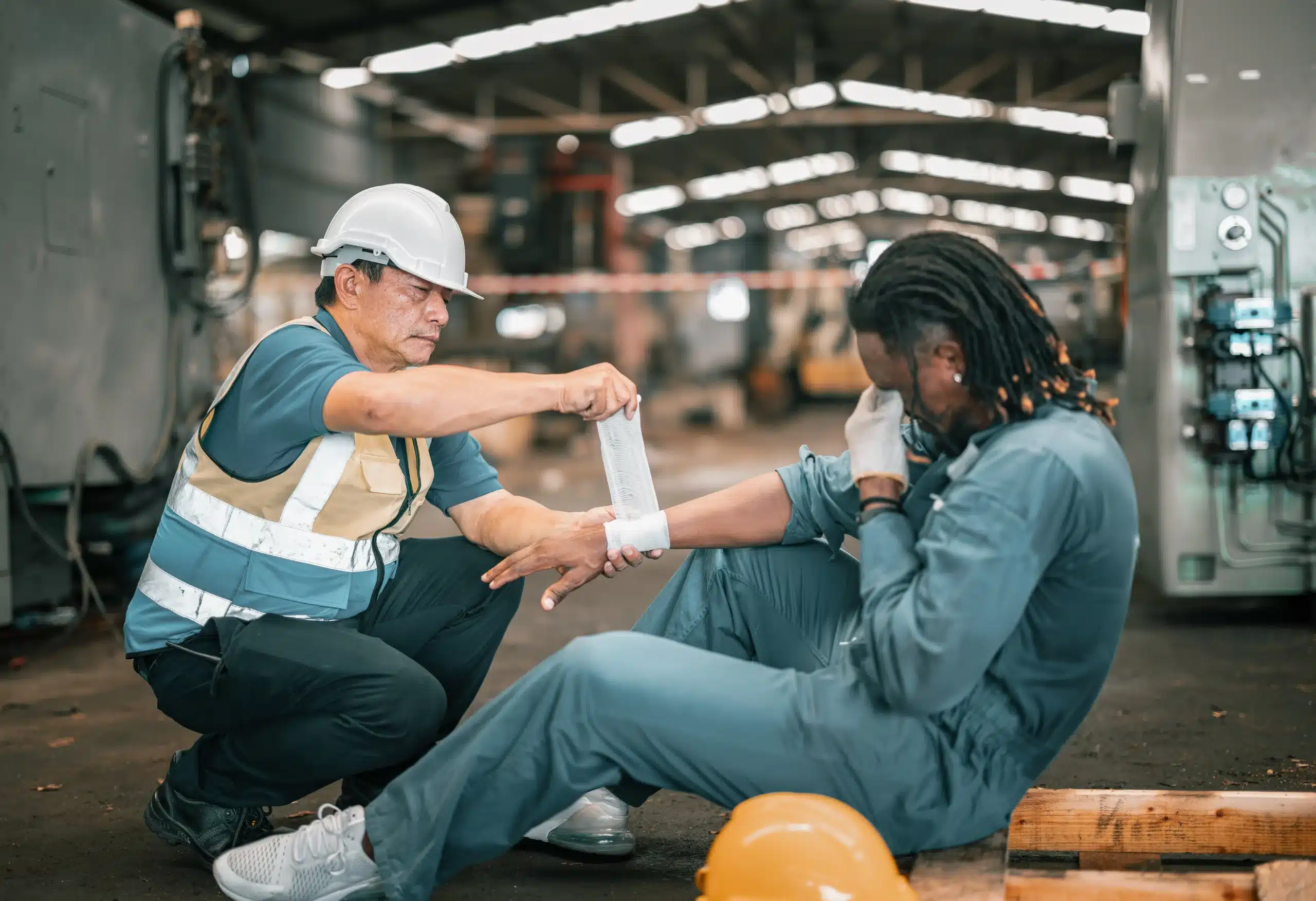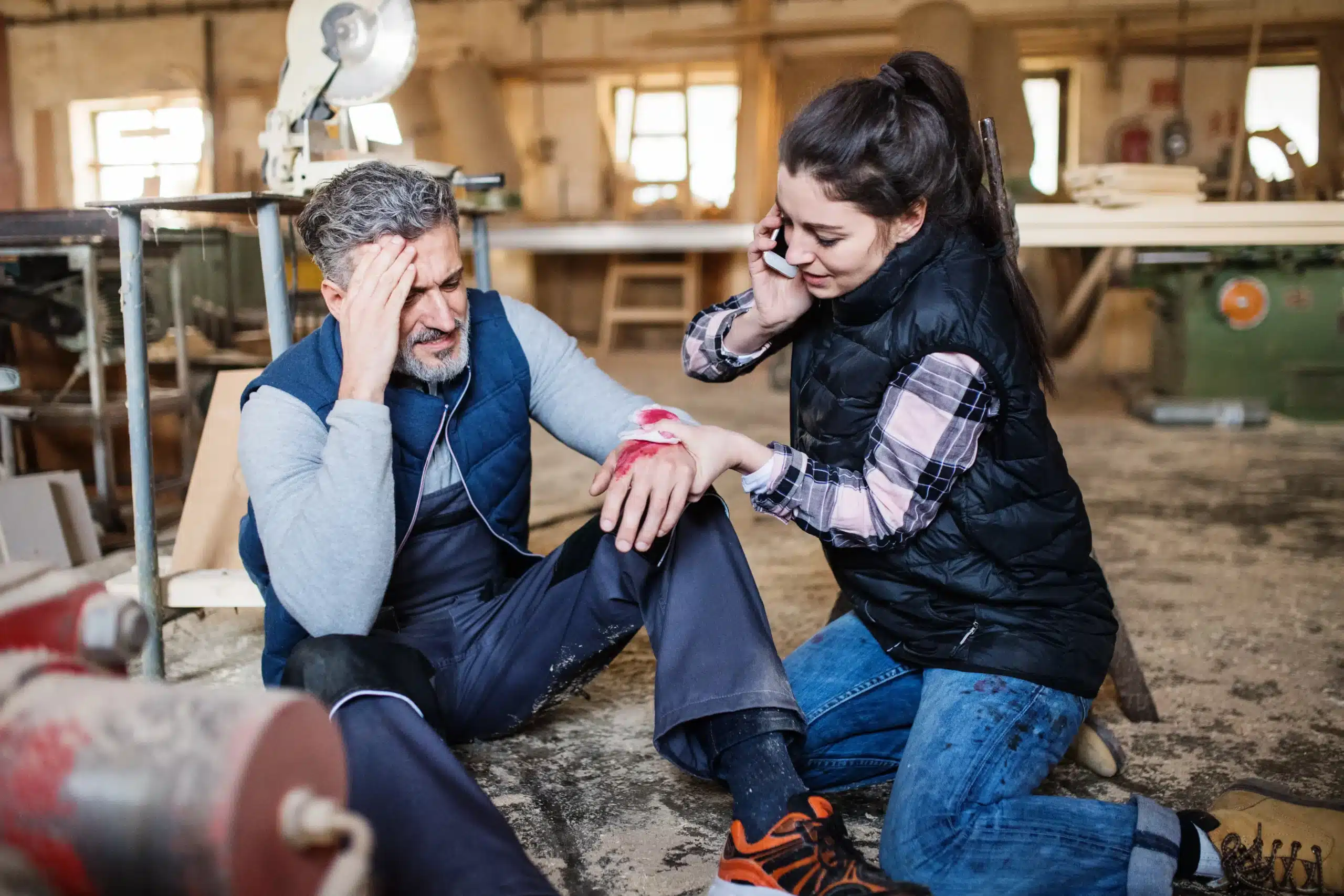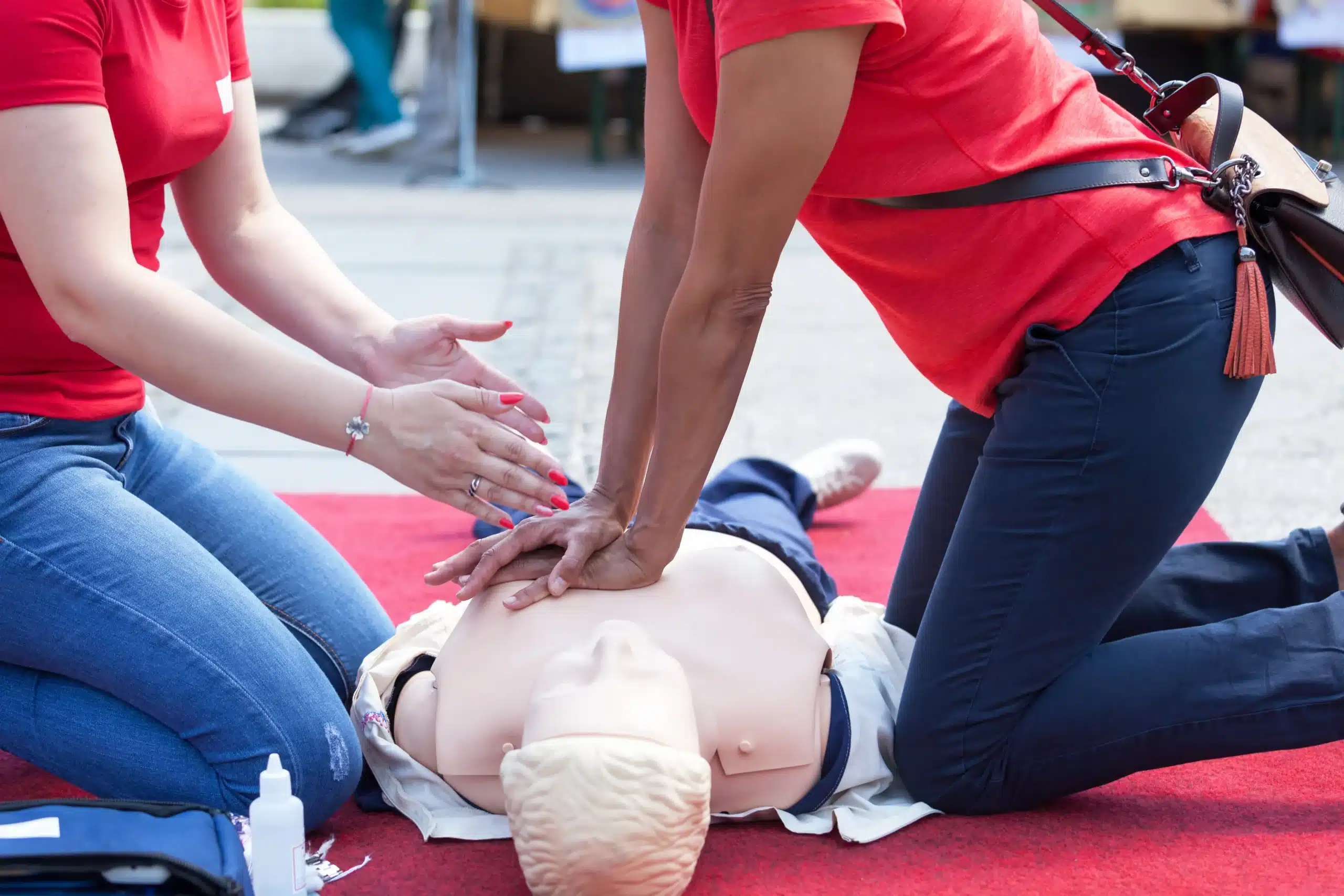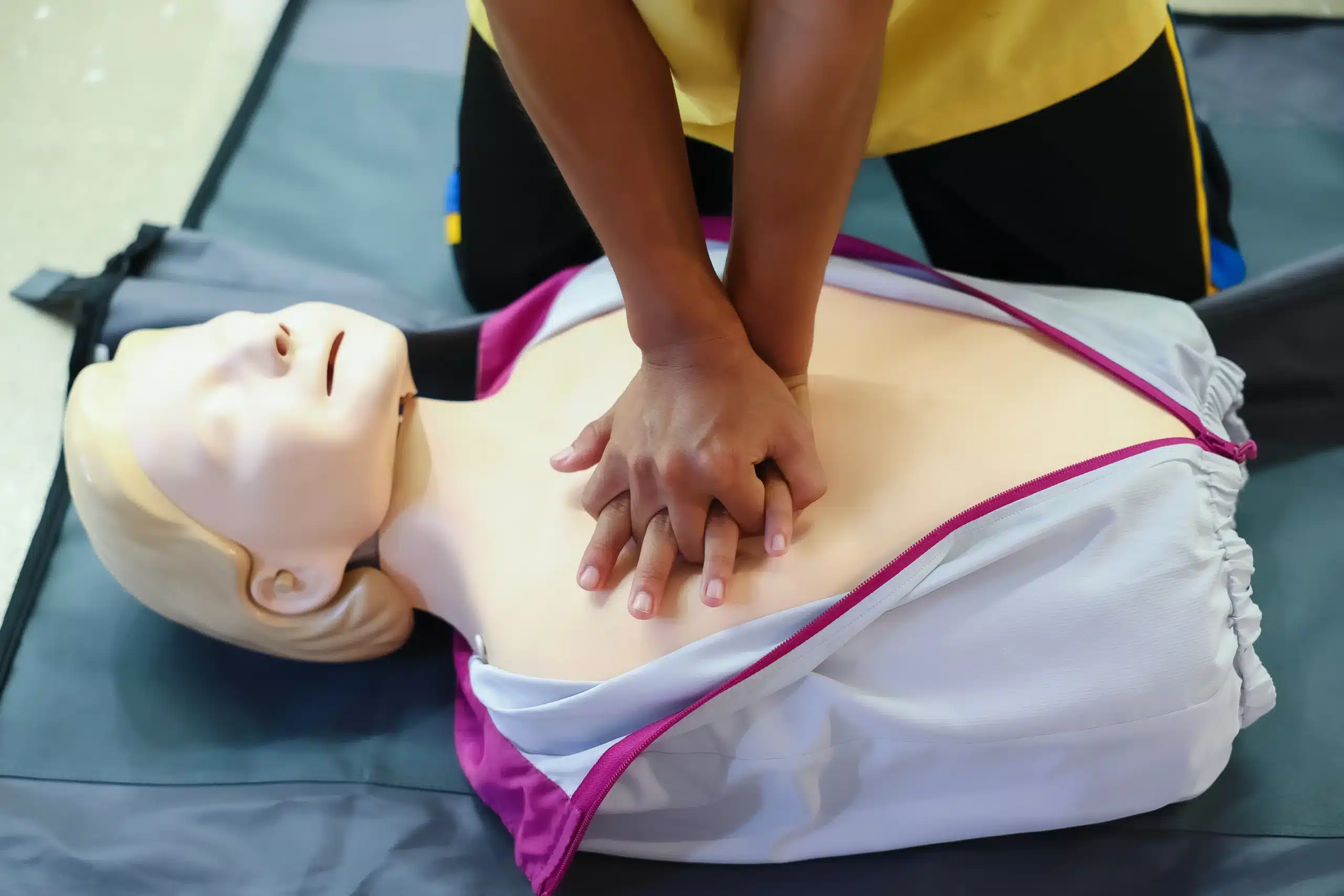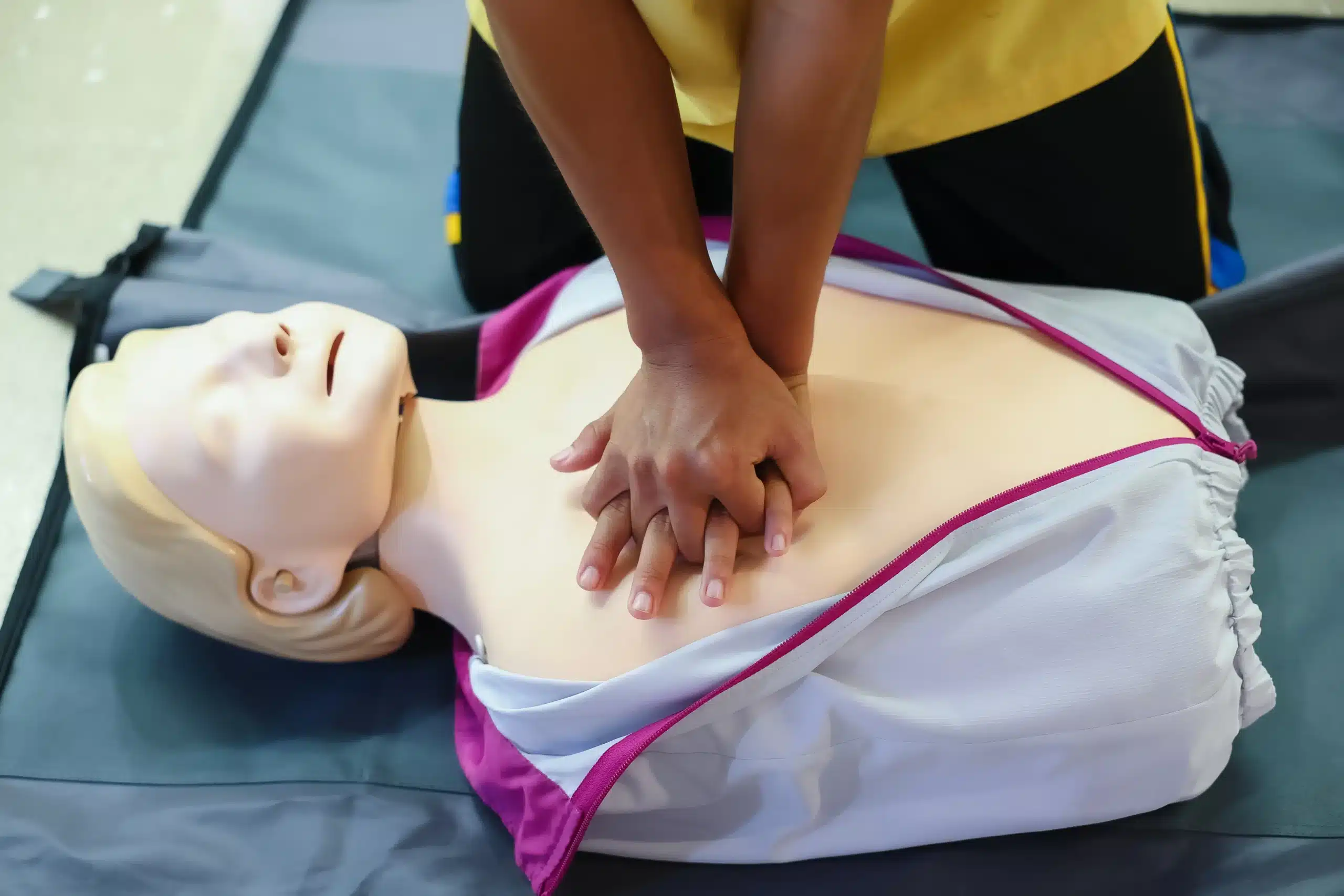The question “will CPR break ribs?” is often whispered in hushed tones, tinged with fear and uncertainty. It’s a natural concern, and one that deserves a clear and honest answer. Yes, it’s possible to break ribs while performing CPR. But it’s equally important to understand that this is sometimes an unavoidable consequence of a procedure designed to save a life. This article will explore the realities of CPR and rib fractures, providing evidence-based information to help you understand the risks and benefits. We’ll discuss the mechanics of CPR, the factors that increase the risk of rib fractures, and the steps you can take to minimize potential harm. We’ll also emphasize why, even with the possibility of broken ribs, CPR remains a critical life-saving intervention.
Key Takeaways
- CPR saves lives—don’t let the possibility of a broken rib stop you: Rib fractures are a treatable injury. A life lost is not. Act quickly and perform CPR when needed.
- Proper technique is key: Correct hand placement and compression depth minimize the risk of rib fractures while maximizing the effectiveness of CPR. Get trained to learn the right way.
- Training builds confidence: Hands-on CPR training empowers you to act decisively in emergencies. Find a class and become equipped to make a difference.
What Happens to Ribs During CPR?
It’s a common question: Can CPR break ribs? The short answer is yes, it’s possible. But understanding why and how often this happens can empower you to act confidently in an emergency. Let’s break down the facts.
How CPR Works and Rib Fractures
CPR, or cardiopulmonary resuscitation, involves chest compressions that mimic the heart’s pumping action. We apply firm, rhythmic pressure to the chest, circulating blood to vital organs until professional help arrives. This pressure, while life-saving, can sometimes lead to rib fractures or cartilage separation where the ribs connect to the breastbone. This is simply a consequence of the force required to effectively compress the chest. Learn more about CPR.
How Often Do Ribs Break During CPR?
While the possibility of rib fractures might sound alarming, it’s important to keep things in perspective. Studies show rib fractures occur in about one-third of CPR attempts. One study indicated a significant percentage of patients had broken ribs after receiving CPR. While these numbers might seem high, remember that CPR is performed in life-or-death situations. A fractured rib is a small price to pay for the chance to save a life.
Factors Increasing Rib Fracture Risk
Several factors can influence the likelihood of rib fractures during CPR. Older adults, particularly those with conditions like osteoporosis, are naturally at higher risk. The force applied during compressions also plays a role. While deep compressions—around two inches—are crucial for effective CPR, excessive force can increase the risk of fractures. Proper CPR training emphasizes the correct depth and technique to maximize effectiveness while minimizing potential harm. This training helps you provide life-saving assistance with confidence and the right technique.
Performing CPR Even With Possible Rib Fractures
Prioritizing Life-Saving Actions
Yes, ribs sometimes break during CPR—studies show it happens in a significant percentage of cases. One study even indicated that rib fractures occurred in 77% of men and 85% of women receiving CPR, and it’s even more common in older patients. However, the immediate priority is always saving the person’s life. A broken rib can heal, but death is irreversible. Hesitation due to fear of causing injury can cost precious time. Remember, the goal is to restore blood circulation and breathing, and that takes precedence over potential rib fractures. Learn more about what happens if ribs break during CPR.
Proper CPR Technique and Minimizing Injury
While some rib fractures during CPR are unavoidable, using the right technique can minimize the risk. Proper CPR involves deep compressions, around two inches for adults, to effectively circulate blood. However, using excessive force isn’t necessary and can increase the risk of fractures. Precise hand placement is also key—aim for the center of the chest, on the lower half of the sternum (breastbone). This targeted approach helps direct the force of compressions to the heart, reducing stress on the ribs. Correct hand placement is vital. Taking a CPR class at our San Jose location can give you hands-on practice and build your confidence in performing CPR correctly. We offer a low price guarantee on our courses, making quality training accessible to everyone. Check out our BLS courses in San Jose.
What To Do If You Think a Rib Broke During CPR
If you hear a pop or crack during CPR, it might be a rib fracture. Don’t stop. It’s natural to feel concerned, but continuing compressions is crucial. The risk of death without CPR is far greater than the risk of a broken rib. Good Samaritan laws are in place to protect those who provide CPR in good faith. Focus on providing consistent, effective compressions until professional help arrives. Our BLS courses in San Jose cover these scenarios and empower you to act confidently in emergencies. We also offer the American Heart Association RQI program for healthcare professionals needing to maintain their resuscitation skills. Learn more about our American Heart Association BLS course.
Complications and Recovery from CPR
It’s understandable to be concerned about potential complications from CPR, especially rib fractures. Let’s talk about the short-term and long-term effects, and how pain is managed during recovery.
Short-Term and Long-Term Effects of Rib Fractures
While saving a life is the primary goal of CPR, rib fractures are a possible side effect. Studies show that rib fractures occur in about one-third of CPR attempts, and sternal fractures (breaks in the breastbone) happen in about one-fifth. Though painful, these fractures rarely cause serious complications. In rare instances, more severe issues like a punctured lung or heart can occur. Most people experience a full recovery, with pain typically lessening over weeks or months.
Managing Pain and Recovery
If a rib fracture happens during CPR, pain management is key to recovery. This usually involves rest, pain medication, and easing back into normal activities. Remember, the immediate priority during CPR is always to restore blood circulation and breathing—even if there’s a risk of rib fracture. The American Heart Association emphasizes that the possibility of rib fractures shouldn’t discourage anyone from performing CPR. Saving a life is paramount. If you’re concerned about causing a rib fracture, consider taking a CPR class. Safety Training Seminars offers comprehensive CPR training covering proper techniques and best practices to minimize the risk of injury.
Common CPR Misconceptions
One of the biggest roadblocks to bystanders performing CPR is the fear of doing it wrong. Let’s clear up some common misconceptions surrounding CPR, especially regarding rib fractures.
Debunking Myths About CPR and Broken Ribs
It’s a common misconception that breaking ribs during CPR always means incorrect technique. While proper technique does minimize the risk, the truth is, rib fractures happen frequently during CPR—even when performed correctly. Studies show a significant percentage of CPR patients experience broken ribs or similar chest injuries. One study indicated that 77% of men and 85% of women had rib fractures after receiving CPR. This isn’t necessarily a sign of improper CPR. Think of it this way: CPR involves forceful chest compressions to keep blood circulating. Sometimes, that force can result in a broken rib, especially in older adults with more fragile bones. The priority is to maintain blood flow to vital organs, even if it means a potential rib fracture. A broken rib is a treatable injury; a life lost is not. Don’t let the fear of causing a broken rib prevent you from performing this life-saving technique. The potential for saving a life far outweighs the risk of a treatable injury.
Another misconception is that if you hear or feel a rib break, you should stop CPR. Absolutely not. While it can be unsettling, a broken rib during CPR is not a reason to stop. The goal is to maintain blood circulation until professional help arrives. Stopping CPR prematurely poses a far greater risk to the person’s survival.
The Importance of CPR Training
So, how do you balance the need for effective compressions with minimizing injury? The answer is training. High-quality CPR training, like the courses offered at Safety Training Seminars, emphasizes proper technique. We teach the correct hand placement—in the center of the chest—and the appropriate depth of compressions (about two inches). This, combined with proper technique, helps minimize the risk of injury. Our BLS courses in San Jose cover these techniques thoroughly, giving you the confidence to act quickly and effectively in an emergency. Learning CPR isn’t just about memorizing steps; it’s about developing the muscle memory and confidence to perform under pressure. This hands-on training is invaluable in a real-life emergency. Check out our CPR and First Aid course to learn more.
CPR Best Practices
Minimizing Rib Fracture Risk During CPR
While the possibility of rib fractures during CPR might seem concerning, remember that proper technique significantly reduces this risk. Deep compressions of about two inches are crucial for effective CPR, but excessive force can increase the likelihood of fractures. Correct hand placement—in the center of the chest—is also vital for minimizing injury. You’ll learn these techniques in a CPR certification class. Studies show a significant percentage of CPR patients experience rib fractures or other chest injuries—as high as 77% of men and 85% of women—but these are more common in older patients. While the risk exists, it shouldn’t deter you from performing this life-saving procedure. CPR Certification Dallas offers additional information on what happens if ribs break during CPR.
Innovations in CPR and Injury Prevention
Medical technology is constantly evolving, including the field of CPR. Researchers are exploring new methods and devices to improve CPR effectiveness and minimize complications like rib fractures. For example, a study published on PMC discussed the potential of modern rib plating systems to withstand the force of CPR compressions. While more research is needed, these innovations offer hope for even safer and more effective CPR techniques.
Resources for CPR Training
The best way to minimize the risk of rib fractures during CPR—and maximize the chances of a positive outcome—is to learn the proper technique. CPR certification classes provide hands-on training and expert guidance. Learning the correct depth, hand placement, and overall CPR procedure will build your confidence and prepare you to act quickly and effectively in an emergency. Don’t let fear of causing injury prevent you from learning this essential skill. The risk of rib fractures is lower than many people believe, and the potential to save a life far outweighs any potential complications. Safety Training Seminars offers various CPR courses in San Jose, Santa Clara, and Sunnyvale, CA, including BLS, ACLS, and PALS certifications. We also offer the American Heart Association’s RQI program for healthcare professionals. Our low price guarantee ensures you receive high-quality, affordable training. You can find more information on the risks of rib fractures during CPR at Vitali Partners.
Related Articles
- Why CPR is Crucial in Saving Lives
- CPR Training in Sunnyvale: Your Certification Guide – San Jose CPR Classes
- CPR Training in San Jose: Find the Right Course – San Jose CPR Classes
- Understanding Psychological Recovery for CPR Survivors
- 12 Common CPR Myths Debunked – San Jose CPR Classes
Frequently Asked Questions
Is it normal to hear or feel a rib break during CPR? It’s possible to hear a pop or crack during CPR, which might indicate a rib fracture. While it’s natural to feel concerned, it’s important to continue compressions. Stopping CPR prematurely poses a far greater risk than a broken rib. The sound or sensation of a broken rib isn’t necessarily a sign of improper technique. CPR involves forceful chest compressions, and sometimes, that force can result in a fracture, especially in older adults.
Should I stop CPR if I think I’ve broken a rib? No. While the possibility of causing a rib fracture is understandable, it’s crucial to continue CPR if you suspect a break. The immediate priority is to maintain blood circulation and breathing until professional help arrives. A broken rib can heal, but a life lost cannot be recovered.
How common are rib fractures during CPR? Studies show rib fractures occur in a significant percentage of CPR attempts, possibly as high as one-third of cases. This is more common in older adults, who tend to have more fragile bones. While this might seem frequent, it’s important to remember that CPR is performed in life-or-death situations. The potential for saving a life far outweighs the risk of a treatable injury like a broken rib.
What can I do to minimize the risk of breaking ribs during CPR? Proper CPR technique is key to minimizing the risk of rib fractures. This includes correct hand placement—in the center of the chest, on the lower half of the sternum—and the appropriate depth of compressions (around two inches for adults). High-quality CPR training emphasizes these techniques and provides hands-on practice to build your confidence and competence.
What are the long-term effects of a rib fracture from CPR? Most people experience a full recovery from a rib fracture sustained during CPR. Pain management is important and typically involves rest, pain medication, and gradually returning to normal activities. While some discomfort might persist for weeks or months, serious long-term complications are rare.



